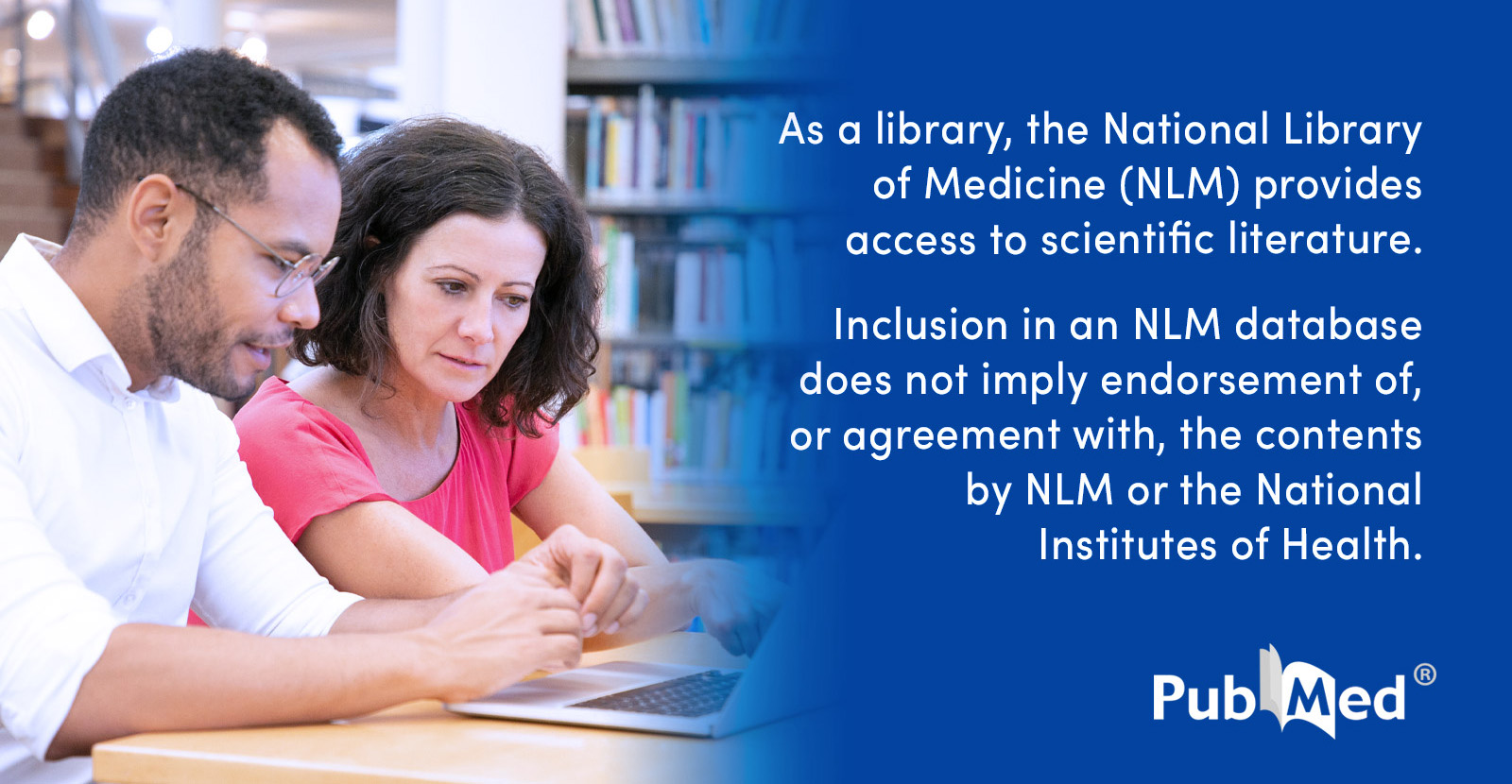Michelangelo
Sphinx
- Joined
- Jan 1, 2025
- Posts
- 2,988
- Reputation
- 3,571
pick your poison i guess, it doesnt sound that dangerous to me:View attachment 3592113Nonpasteurized Dairy Products, Disease Outbreaks, and State Laws—United States, 1993–2006 - PMC
Most dairy-associated outbreaks occurred in states that permitted sale of these products. Keywords: dairy products, nonpasteurized, unpasteurized, foodborne illnesses, disease outbreaks, regulations, Campylobacter, Salmonella, Escherichia coli, ...pmc.ncbi.nlm.nih.gov
Number of dairy product–associated outbreaks, by year and pasteurization status of product, United States, 1993–2006.
Those infected by consuming raw milk were 13 times more likely to need hospitalization than those consuming pasteurized milk
Unpasteurized milk, consumed by only 3.2% of the population, and cheese, consumed by only 1.6% of the population, caused 96% of illnesses caused by contaminated dairy products. Unpasteurized dairy products thus cause 840 (95% CrI 611-1,158) times more illnesses and 45 (95% CrI 34-59) times more hospitalizations than pasteurized products. As consumption of unpasteurized dairy products grows, illnesses will increase steadily; a doubling in the consumption of unpasteurized milk or cheese could increase outbreak-related illnesses by 96%.
Outbreak-Related Disease Burden Associated with Consumption of Unpasteurized Cow's Milk and Cheese, United States, 2009-2014 - PubMed
The growing popularity of unpasteurized milk in the United States raises public health concerns. We estimated outbreak-related illnesses and hospitalizations caused by the consumption of cow's milk and cheese contaminated with Shiga toxin-producing Escherichia coli, Salmonella spp., Listeria...pubmed.ncbi.nlm.nih.gov
recent data has shown that raw milk or cheese causes 840 times more illnesses and 45 times more hospitalizations than pasteurized dairy
Great! Let’s find some real-world activities that are about as risky as drinking raw milk regularly.
Risk Level of Drinking Raw Milk
As mentioned earlier, drinking one serving of raw milk has about a 1 in 6,000 chance of causing illness and a 1 in 50,000 chance of hospitalization.
Comparable Risks
- Eating Raw Oysters
- Raw oysters can carry Vibrio bacteria, which can cause severe illness.
- The risk of serious illness from eating one serving of raw oysters is around 1 in 10,000 to 1 in 15,000—similar to raw milk.
- Like raw milk, some people consume oysters regularly with no issues, but when things go wrong, they go very wrong.
- Riding a Motorcycle Without a Helmet
- The risk of serious injury per mile on a motorcycle is about 26 times higher than driving a car.
- If you ride a motorcycle for 1,000 miles without a helmet, your risk of fatal injury is about 1 in 6,000 to 1 in 10,000, which is comparable to a single serving of raw milk causing severe illness.
- Climbing a Ladder at Home
- Falls from ladders cause 500,000 injuries per year in the U.S.
- The risk of hospitalization from falling off a ladder while using it normally (not being reckless) is around 1 in 10,000 to 1 in 50,000, similar to the risk of raw milk leading to hospitalization.
- Going Whitewater Rafting on a Moderate River (Class III Rapids)
- The injury rate for rafting is around 1 in 5,000 to 1 in 10,000 per trip, making it roughly as risky as drinking raw milk.
- Most people come out fine, but every now and then, someone gets seriously hurt.
- Driving Drunk One Time (at Low BAC Levels)
- Driving with a BAC of 0.05-0.08% (under the legal limit in some places) increases the risk of a crash by about 7 times.
- The risk of a crash leading to hospitalization from one low-level drunk driving trip is similar to the hospitalization risk of drinking raw milk once.
Bottom Line
Drinking raw milk is not an everyday, "safe" activity like eating pasteurized food or driving sober—it’s in the same risk category as:
- Eating raw oysters
- Climbing a ladder
- Whitewater rafting
- Riding a motorcycle without a helmet
- Taking a mild drunk driving trip
None of these are guaranteed to cause harm, but they carry a significantly higher risk than the safer alternative.
Would you like comparisons to anything even riskier, like skydiving or extreme sports?


